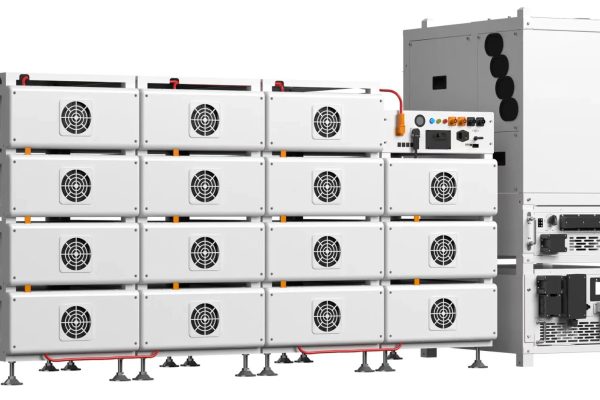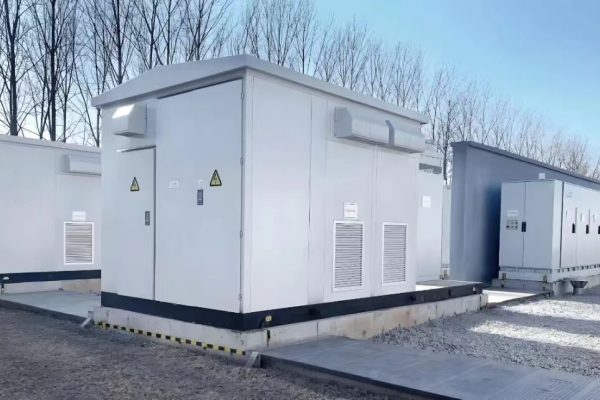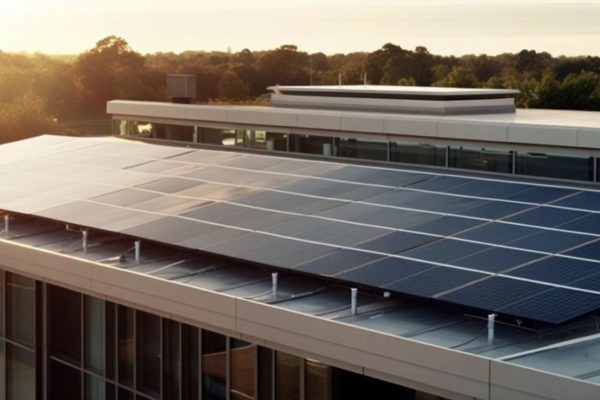How One Project Lost Thousands—and What You Can Learn from It
For small and medium-sized EPCs, installers, or traders in the solar + storage market, choosing the right inverter isn’t just a technical decision—it’s a business-critical one. In this case study, we explore a real-world failure caused by inverter underspecification in a residential solar + storage system, and extract key lessons that can help you avoid the same fate.
📍 Project Overview
- Location: Southeast Asia
- System Size: 8kW PV + 10kWh lithium battery
- Use Case: Residential self-consumption + limited backup
- Product Used: 5kW hybrid inverter with 100A battery charge current rating
- Load Profile: Peak load of ~6.5kW, including air conditioning, refrigerator, pump, and lighting
❌ What Went Wrong
1. Inverter Undersized for Peak Load
The system integrator selected a 5kW hybrid inverter, assuming it would cover the average daily load. However, peak usage during summer nights—when air conditioning, water pump, and refrigeration overlapped—exceeded 6kW.
- Result:
- Inverter overload error
- System shutdowns
- Backup functionality unreliable
- Client complaints within 2 weeks of commissioning
2. Battery Charge/Discharge Current Mismatch
The 10kWh battery bank used cells capable of 1C discharge (i.e., 100A), but the inverter BMS port could only handle 60A peak discharge, resulting in:
- Inverter cut-off during high-demand periods
- SOC drops misread by EMS
- Reduced battery utilization (only 60–70% usable capacity in practice)
3. Improper Surge Handling
No consideration was made for motor-start surges (pump/fridge).
The inverter had a surge capacity of 110%, which was insufficient for starting inductive loads.
- Result:
- Inverter triggered surge protection
- Delay in power delivery
- Occasional flickering or blackouts
💡 Lessons Learned
✅ 1. Always Design for Peak, Not Average
Never size inverters purely on average daily consumption. For hybrid or backup systems, design for the highest 15-minute peak load, including surge margins.
Tip: Add at least 25–30% headroom to the inverter rating in mixed-load systems.
✅ 2. Understand Battery-Inverter Current Matching
Make sure the inverter’s BMS interface and current ratings match the battery chemistry and bank size.
- LiFePO₄ batteries with high discharge capability need inverters that won’t bottleneck their power.
- Check continuous AND peak discharge values.
✅ 3. Clarify Surge Capacity Requirements
Inverter surge specs vary widely. For loads with motors, compressors, or pumps, choose inverters that offer 2x surge capacity for 5 seconds or more.
✅ 4. Consider Load Segmentation
Using a smart distribution panel to separate critical and non-critical loads could have avoided total shutdowns.
- Essential loads (lights, router, fans)
- Non-essential loads (AC, pump)
This would have allowed partial backup during peak demand.
🔧 Cost of the Mistake
- Product Return: Client demanded inverter replacement
- On-site Labor: Multiple technician visits
- Brand Damage: Lost client trust and referral potential
- Delay in Payment: 45-day dispute with importer
✅ How to Avoid It in Future Projects
| Area | Best Practice |
|---|---|
| Inverter Power Rating | Peak load x 1.3 |
| Battery Current Matching | Match BMS current to inverter limit |
| Surge Load Planning | Minimum 2x for 3–5 seconds |
| Load Control | Separate circuits or smart relays |
| Local Climate Factor | Derate inverter for >35°C ambient |
This case illustrates how small oversights in inverter sizing and current matching can result in major failures. For SME-focused businesses, these issues aren’t just technical—they directly impact revenue, brand image, and logistics.
If you’re a system integrator, trader, or exporter building your reputation in competitive markets, make sure to:
- Ask for full technical load profile
- Choose conservative inverter specs
- Partner with suppliers who provide clear configuration support









